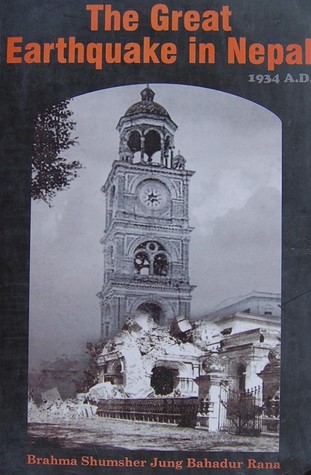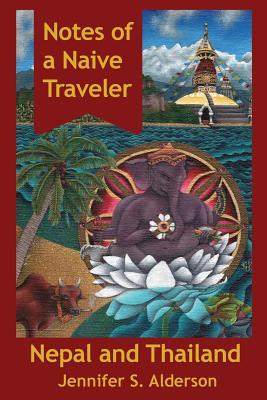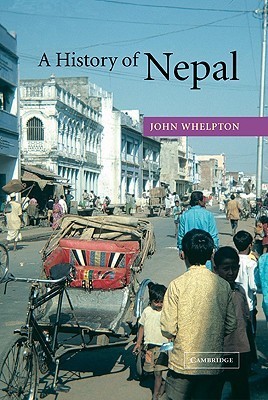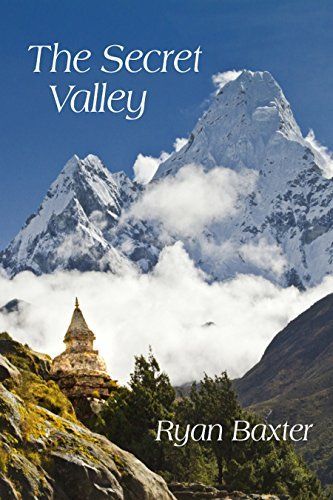
“The Great Earthquake in Nepal 1934 A.D.” by Brahma Shumsher Jung Bahadur Rana is a detailed and insightful account of one of the most devastating natural disasters in Nepal’s history. Authored by Brahma Shumsher Jung Bahadur Rana, a member of the influential Rana dynasty that ruled Nepal at the time, the book offers a unique perspective on the catastrophic event.
Book content
The book is meticulously organized, providing a comprehensive overview of the earthquake’s impact on Nepal. It includes:
Detailed Descriptions of the Earthquake:
The author provides a vivid description of the earthquake’s magnitude and the immediate aftermath. This includes firsthand accounts and observations, giving readers a sense of the chaos and destruction that ensued.
Statistical Data and Analysis:
Brahma Shumsher Jung Bahadur Rana includes detailed statistical data on the damage caused, including the number of casualties, buildings destroyed, and economic losses. This quantitative analysis helps in understanding the scale of the disaster.
Government and Relief Efforts:
The book outlines the response of the Nepalese government and various relief efforts. It details how the administration, led by the Rana regime, coordinated rescue and rehabilitation operations, showcasing both the challenges faced and the successes achieved.
Cultural and Social Impact:
The author delves into the cultural and social repercussions of the earthquake. He discusses how the disaster affected the daily lives of the people, the changes in social dynamics, and the long-term implications for Nepali society.
Photographic Evidence:
Accompanying the textual content are numerous photographs that document the destruction and recovery process. These visual aids enhance the reader’s understanding and provide a historical record of the event.
Research and narritives
Brahma Shumsher Jung Bahadur Rana’s writing is clear, precise, and well-researched. His background as a member of the ruling elite offers a rare insider’s view of the disaster management process. The narrative is both informative and engaging, making complex data accessible to a broad audience.
The book’s thorough examination of the earthquake from multiple angles—scientific, social, and administrative—makes it an invaluable resource. The inclusion of personal observations and testimonies adds authenticity and depth to the narrative. As a primary source document, it provides crucial insights into early 20th-century Nepal and the functioning of the Rana regime.
Shortcomings
Given the author’s position within the ruling dynasty, there may be a potential bias in presenting the government’s response and the efficiency of the relief efforts. Some of the scientific explanations and data may be outdated by contemporary standards. However, this is a natural limitation given the book’s historical context.
Conclusion
“The Great Earthquake in Nepal 1934 A.D.” by Brahma Shumsher Jung Bahadur Rana is an essential read for anyone interested in the history of Nepal, natural disasters, and disaster management. Its detailed narrative, supported by statistical data and firsthand accounts, provides a holistic view of one of Nepal’s most significant historical events. Despite potential biases, the book remains a vital historical document that offers valuable lessons on resilience and recovery in the face of natural calamities.
If you like what we are doing, consider buying from this link. This is an affliate link. Income generated from such sell is used to run this website.

 Purchase hardcopy
Purchase hardcopy









तपाईको बिचार
पहिलो कमेन्ट गर्नुहोस्!